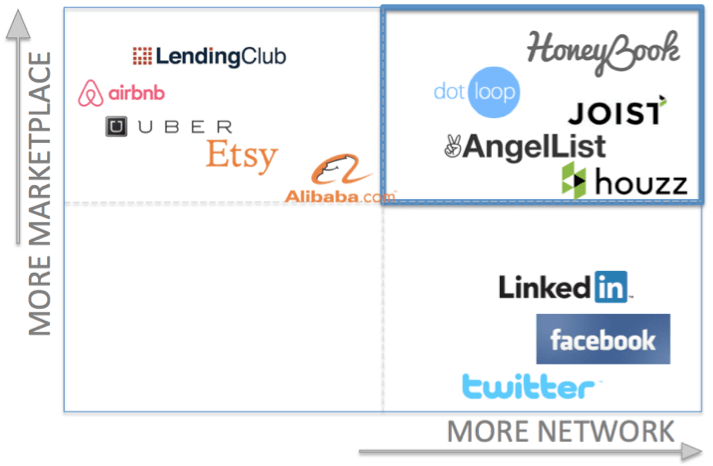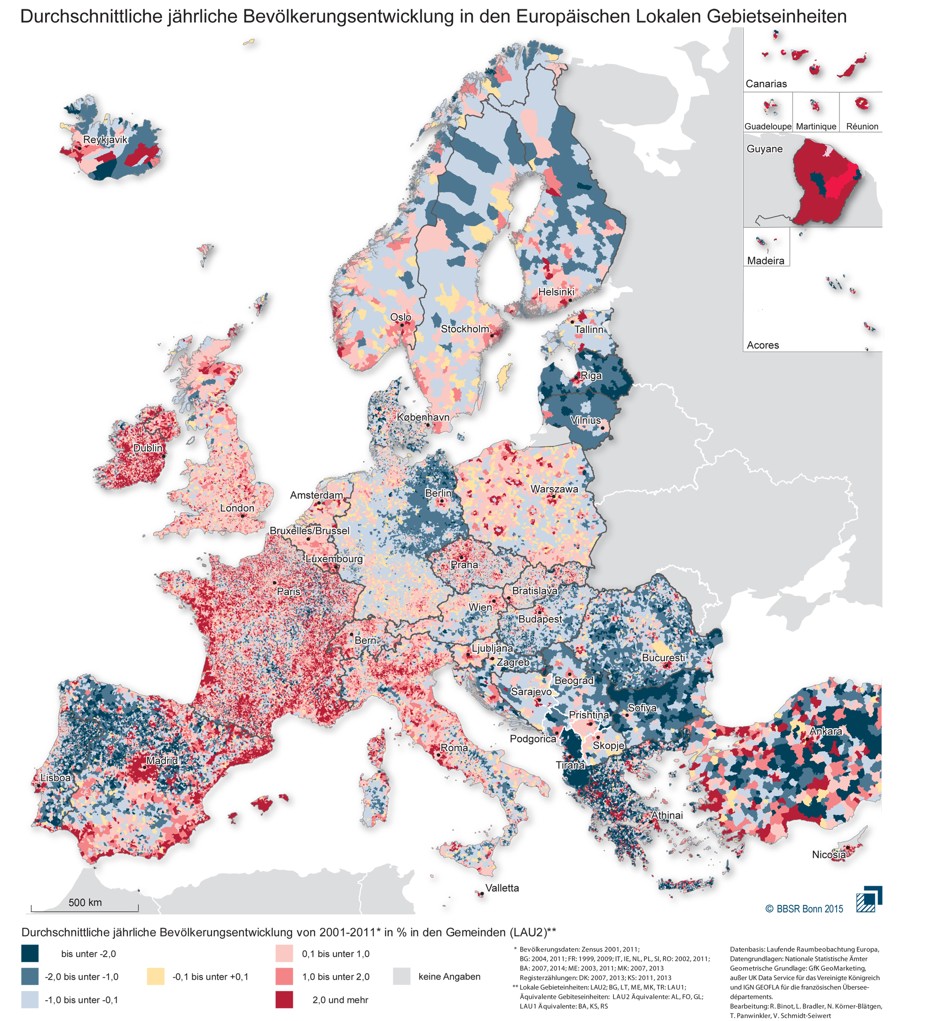.
Primeiro a explosão das hipóteses de escolha:
"An Explosion of ChoiceWhat has changed in business over recent decades is the amazing proliferation of product choices in just about every category.
...
Choice Is Spreading...
The Law of Division [Moi ici: Recomendo a leitura deste texto sobre o tema. Depois, recomendo a leitura deste postal sobre mais uma aplicação da biologia como metáfora da economia e sobretudo deste "Mais estratégias, mais valor acrescentado, mais nichos, mais diversidade"]
...
The ‘‘Choice Industry’’All this has led to an entire industry dedicated to helping people with their choices.[Moi ici: Depois, esta tabela, desactualizada no conteúdo mas actualizadíssima na mensagem acerca de Mongo, acerca do Estranhistão]
Mongo é isto... é esta explosão de variedade que acelera, criando variedade na oferta que responde e induz mais variedade na procura que, por sua vez, induz ainda mais variedade na oferta num ciclo acelerado e sem fim.
.
O que acontece à PME que estando num mercado, não se diferencia e continua a querer ir a todas servindo tudo e todos... que hipóteses tem?
.
Onde está a empresa (o Wally?) no meio da multidão? Como a detectar? E por que valerá a pena detectá-la?
Trechos e imagem retirados de "Differentiate or Die: Survival in Our Era of Killer Competition" de Jack Trout






















